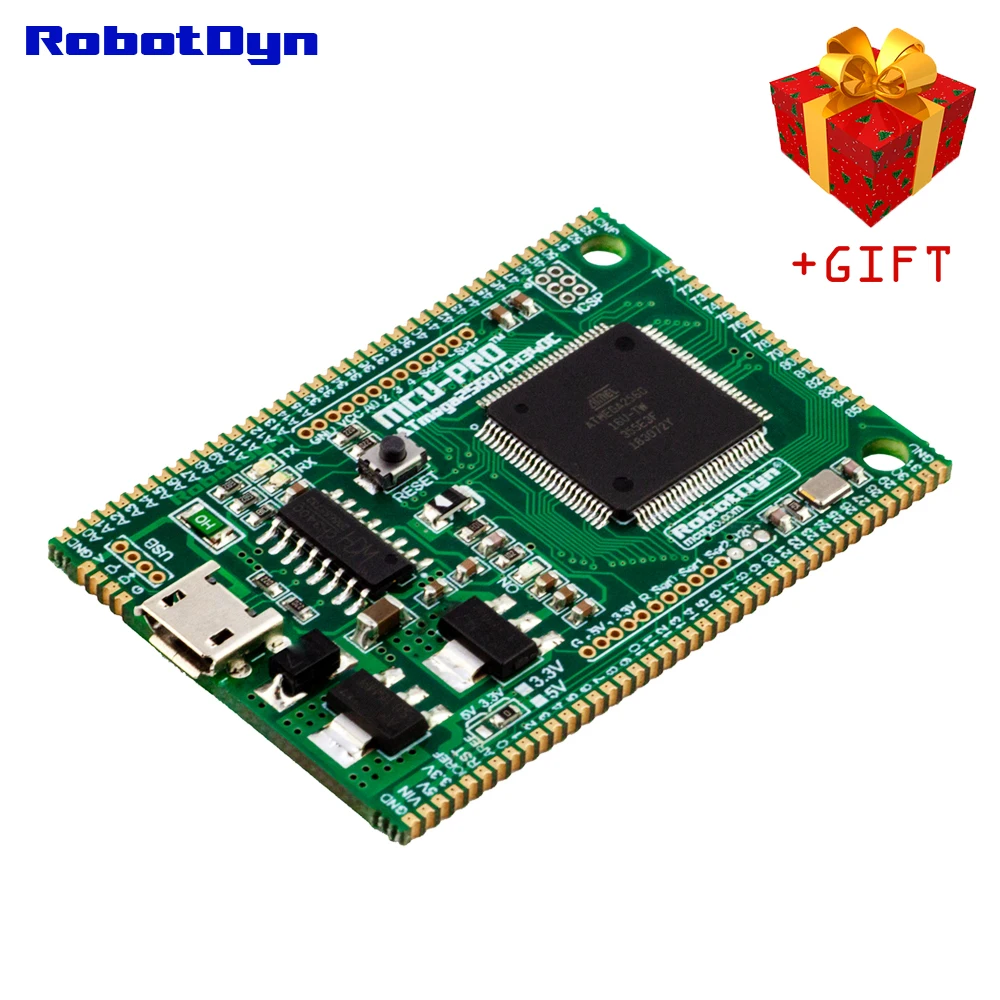

Here's an Atmel microcontroller symbol from the Eagle library: The key thing to note for Arduino users is that usually, symbols are not drawn to scale, and their pins can be shown anywhere on the symbol and in any order. The pads are indicated by unfilled green circles, which can be displayed by activating that layer of the drawing.
#Arduino mega pinout cad software#
One end of each pin has a pad to indicate the point at which the software detects a connection has been made. The connection points of symbols are indicated by 'pins', lines which join up with interconnecting wires that will be drawn by the user. More complex items like microprocessors may appear as simple rectangles just big enough to provide space for the contacts. The drawings of simple elements are stylised representations of their function: connectors, contacts, transistors, logic gates, etc. Traditional components such as the connectors of most Arduinos use 1/10th inch spacing, and this is the default grid setting with Eagle.Ī symbol is a drawing of an electrical or electronic element, with functional significance. Pads are soldered to corresponding pads on the copper tracks of the PCB. The points of connection, always termed 'pads' in this context, are precisely indicated. The package may be, for example, a drawing of a jack socket or a multi-pin connector, or the encapsulation of an integrated circuit, etc. All three constructs must exist for a device to be usable. You can design your own library devices, and that's what I did.Ī library 'device' consists of a 'package' containing one or more 'symbols'. Very many library files are provided with the software and there are plenty more on the web. A device placed in a design is usually termed a part parts can be numbered automatically. The definition of each component is stored in a library, where it is termed a device. I'll be using specific Eagle terminology.Ī PCB has a number of components, usually soldered on, which could range in complexity from a jack socket to a microprocessor. Once you're used to it, Eagle turns out to be at least as convenient as the drawing package of Open Office for simple drawings such as the MIDI network drawing I show on the midiTemperament page.įrom browsing around various forums, I gather that not everyone understands what Eagle does, so here's a quick summary. Learning to draw schematics using pre-existing library devices isn't all that difficult.
#Arduino mega pinout cad free#
Arduino end users are not often interested in making PCBs they just want to make legible circuit schematics, which can be as big as you like in the free version.

The reason for this popularity is the commercially astute decision by CadSoft to offer a free Light version that is completely functional except for limitations on the size and complexity of the PCB. On the other hand it's hugely popular among hobby users, and there is plenty of help on the web. Open-source design files for the Arduinos were made using Eagle.Įagle is a complete design package widely used in industry, and it is necessarily complex. It's main purpose is the design of printed circuit boards (PCB) starting from schematic drawings. I'll try to outline how electronically uninitiated users can present their work.ĬadSoft's Eagle software is widely recommended, even for amateurs, though it does have something of a learning curve if (unlike Arduino users) you need all the functionality. However, quite a few users find it difficult to produce accurate schematic drawings that are easily modified and are suitable for posting. This page is in this place because it relates some ideas that occurred while I was designing a MIDI application: midiTemperament tuning aid.Ĭhristopher R to make schematic drawings for ArduinoĪrduino is popular because it allows people who don't know much about electronics to construct electronic and electromechanical devices. Arduino circuit schematics using Eagle CAD software


 0 kommentar(er)
0 kommentar(er)
